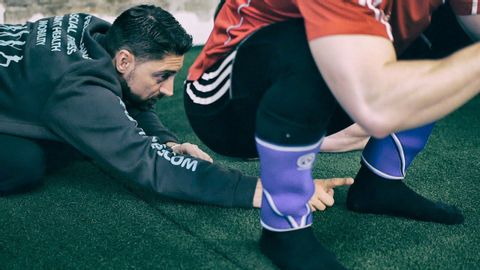改善你的蹲姿全套動作工作坊(英文字幕 (Improve Your Squat! Full Mobility Workshop (eng sub))
Ming Hsien Chien 發佈於 2021 年 01 月 14 日  沒有此條件下的單字
沒有此條件下的單字US /ɪmˈpruv/
・
UK /ɪm'pru:v/
US /pəˈzɪʃən/
・
UK /pəˈzɪʃn/
- n. (c./u.)態度,觀點;位置;(團隊運動中個人所處的)位置;職位;處境;優勢
- v.t.定位;放置
- v.t.發布;發布;發出
- n. (c./u.)(有爭議性的)議題;版本問題(如雜誌);子女;爭議點;結果
- v.i.產生
- adj.正確的、確信的、正當的;好;好的;優質的;正向的、快樂的、歡樂的;令人愉快的
- n. (u.)好處

